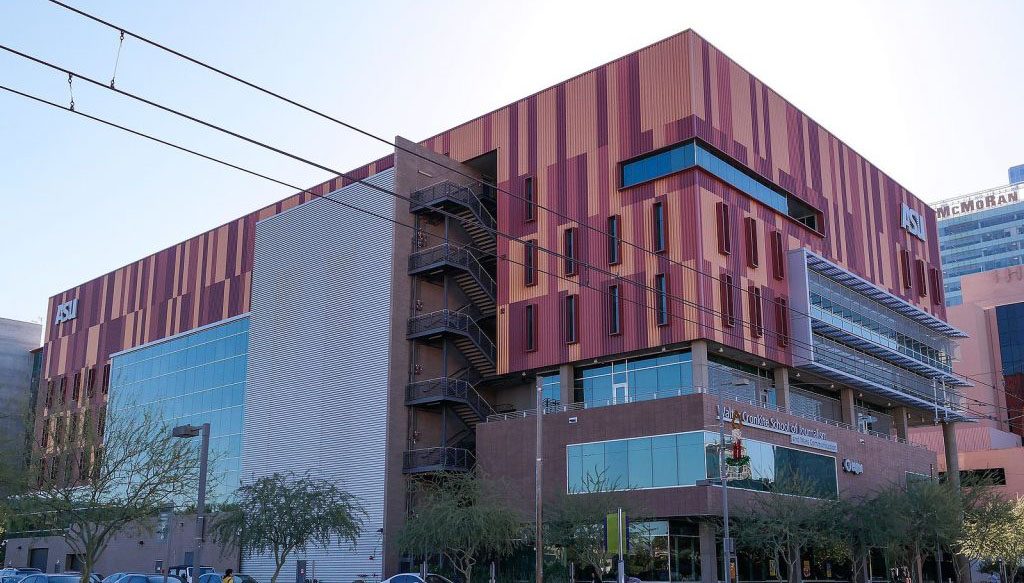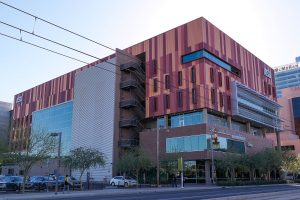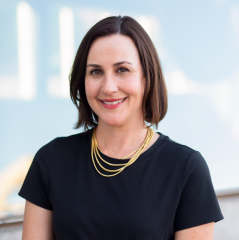A progress report from the News Co/Lab

Kristy Roschke talks about Best Practices, newsroom collaborations, science news literacy and all thats been happening during her first two months at the lab.

It has been a jam-packed two months since I joined the News Co/Lab team. I’m impressed by all our co-founders have done to lay a solid foundation for our endeavor, and each day I meet someone or learn something that further convinces me of the importance of, and the many possibilities for, helping people find new ways to understand and interact with news.
We provide regular reports to keep funders apprised of our progress. We’ve found the process of summarizing and sharing what we’ve been working on beneficial, as it gives us an excuse to pause and reflect on what we’ve accomplished. And given that one of the goals of the News Co/Lab is transparency, we thought we should share our activities in these blog posts to all who are interested.
So here’s what we’ve been up to.
“Emerging Best Practices” Scan
A priority for the News Co/Lab is to identify and promote proven best practices in journalism, education, technology and civics in a way that makes them easy for others to replicate. Our team is constantly looking for innovative ideas that have had measurable success. To date, we’ve featured 20 best practices on our site and shared them to our social networks. We will continue to build on this “cookbook” of ideas. Our goal is to spread the recipes, and encourage newsrooms and media outlets to combine them to meet their own needs.
The best practices, and the lab itself, feature good ideas from anywhere. The team has been around the world — literally — talking about the News Co/Lab and the importance of news and media literacy. From New York to Las Vegas and Italy to Austria, Dan, Eric and I have been sharing our work and meeting new potential collaborators.
Newsroom Collaborations
We’ve partnered with three McClatchy newspapers — the Fresno Bee, the Kansas City Star and the Telegraph in Macon — to develop projects in the areas of transparency and community engagement with the goals of improving news and the public’s understanding of how news works. Dan and Eric have been blogging about their experiences working with our partner newsrooms.
In each of the three communities, the News Co/Lab team is collaborating with a newsroom working group, including representatives of other important community groups, like the public library. The working groups are assessing the issues facing their readers and their newsrooms and are developing projects based on their needs. We are well on our way toward implementing original projects and, in the case of Kansas City, have already adopted some simple but meaningful practices related to their investigative series.
Science News Literacy
Another key initiative we’ve recently launched is to collaborate with science journalists and publications to experiment with transparency and engagement activities in the realm of science journalism. We believe there is ample opportunity to embed news literacy within specialized areas of journalism such as science and health reporting, given the complex nature of the subject matter. We are currently developing partnerships and will begin experimenting in the months to come. Key think-partners so far have been the Knight Science Journalism program at the Massachusetts Institute of Technology and Science News.
What is the Measure of Success?
Our team finds great inspiration in the newsrooms and community organizations that are adopting the advancement of media and news literacy as part of their missions. As with any movement experiencing its timely moment, though, momentum depends upon clear measures of progress.
We’ve partnered with the Center for Media Engagement at the University of Texas at Austin to develop three surveys — one for newsrooms, one for audiences and one for news sources — that will look at people’s attitudes about the news, especially local news, as well as news consumption and media literacy knowledge and skills. As we experiment within community information ecosystems, survey responses will help us know what’s working. The goal: find techniques and technologies that will scale far and wide to achieve maximum impact. We will continue to develop quantitative and qualitative measures, including working with newsrooms using basic media metrics to understand the reach and impact of experiments.
So much is happening right now to fight misinformation and promote fact-checking, engagement and news literacy — a tremendous thing, mind you — but it can also be hard to keep up. It’s an appropriate reaction, I think, given it is likely the same way average media users feel as they try to make sense of our media landscape. We are working on promoting the largest developments on our website, to make things easier to follow.
All in all, we remain focused on our launch initiatives to help increase the health of information ecosystems by focusing on improving the “demand side” of news. By sharing or not sharing news through social media, people play a major role in its distribution. Whether we can find, understand, create and act on news and information makes a huge difference in we handle our new digital-age role. Partnering with those who have innovative, measurable, scalable ideas to help people become more savvy news consumers remains at the heart of what we do at this collaborative lab.

Kristy Roschke, managing director of the ASU News Co/Lab, is a media scholar and educator. Her research interests include misinformation, media literacy education and media trust. Roschke has developed curriculum and taught journalism and media literacy courses at the high school and university level for nearly 20 years.
